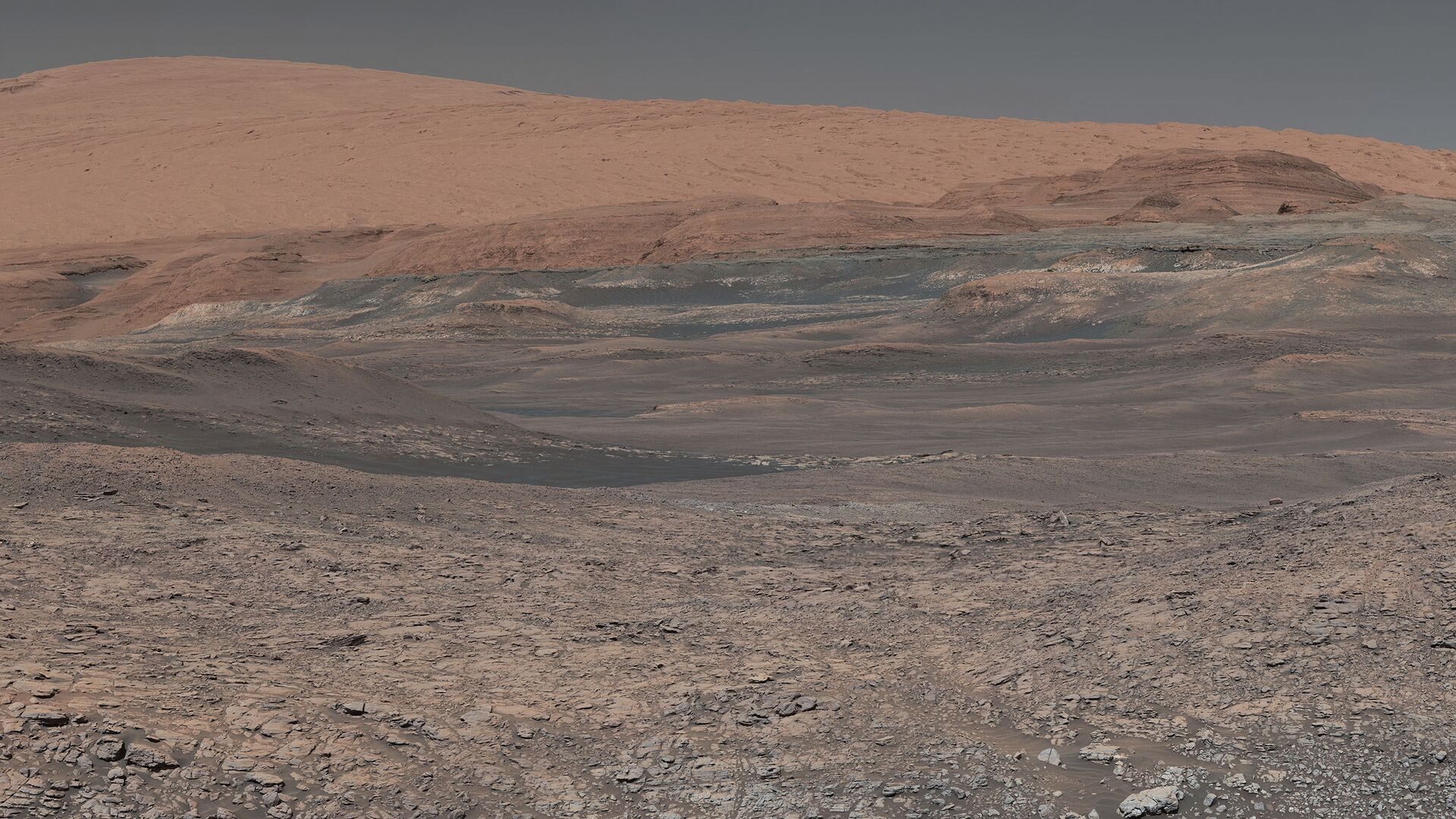OF THE
TIMES
The public herd is being run from one scam corral to another. The people of Blighty will soon have a decision to make. A similar decision that was...
This isn't rape. Ask any teenage boy. Certain things wouldn'r perform if the lad wasn't up for it.
China would have no trouble bringing the "Jewnited Slaves of America" to its knees without even firing a shot. All they would have to do is...
We had a system like this at my Old job at Rio Tinto due to the number of long hours we were driving in the West Australian desert. It was called...
I don't believe that the 'right-left' paradigm will last much longer before one of two things happens: a) there is a civil war, or b) a black swan...
To submit an article for publication, see our Submission Guidelines
Reader comments do not necessarily reflect the views of the volunteers, editors, and directors of SOTT.net or the Quantum Future Group.
Some icons on this site were created by: Afterglow, Aha-Soft, AntialiasFactory, artdesigner.lv, Artura, DailyOverview, Everaldo, GraphicsFuel, IconFactory, Iconka, IconShock, Icons-Land, i-love-icons, KDE-look.org, Klukeart, mugenb16, Map Icons Collection, PetshopBoxStudio, VisualPharm, wbeiruti, WebIconset
Powered by PikaJS 🐁 and In·Site
Original content © 2002-2024 by Sott.net/Signs of the Times. See: FAIR USE NOTICE

Reader Comments
But there’s been a lot of speak about these in recent times. The La Palma landslide [Link] or Putins Poseidon submarine drone causing a massive tsunami in the English Channel and now this on Mars. Why do we keep being fed these stories? I typed in mega tsunami and the first 9 results are near identical reports from different “news” sites, which to me says it’s coming from above. They even have carvings in New York depicting a tsunami hitting New York. [Link]
And there’s the dollar bills that show when folded a tsunami hitting New York. [Link]
I’ll keep an open mind but I always get suspicious when we’re being told tsunami this tsunami that from all different sources. I’m no fan of coincidences.
These people go by “Do what thou wilt” the evil fuckers.
They will do anything they want.
I’m probably jumping to conclusions, but I will not be surprised to see a wave hit New York at some point in the future.
Easily understandable given all that's been going on these past years and it's getting worse with more ''bits'' added regularly and nothing ever gets settled . How can anyone believe there's not a plan behind it all ? At times I feel like I am on some sort of mental yo-yo.
I guess it’s all to keep us off balance and constantly in fear.
Evil.
Thanks life
You would think we'd at least know what's 30 km below out feet before offering bullshit photoshop pics of something 30,000,000km away..lol